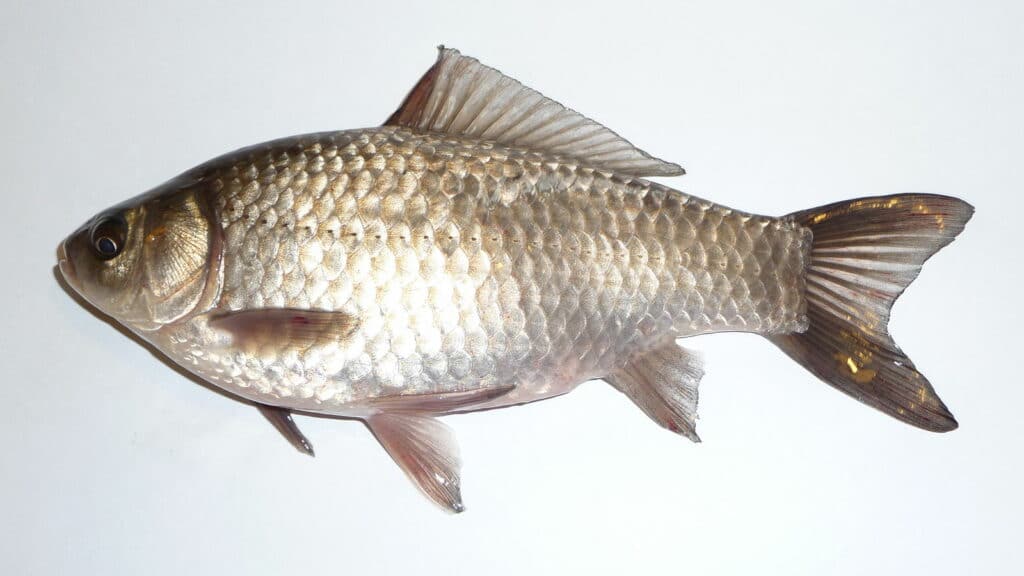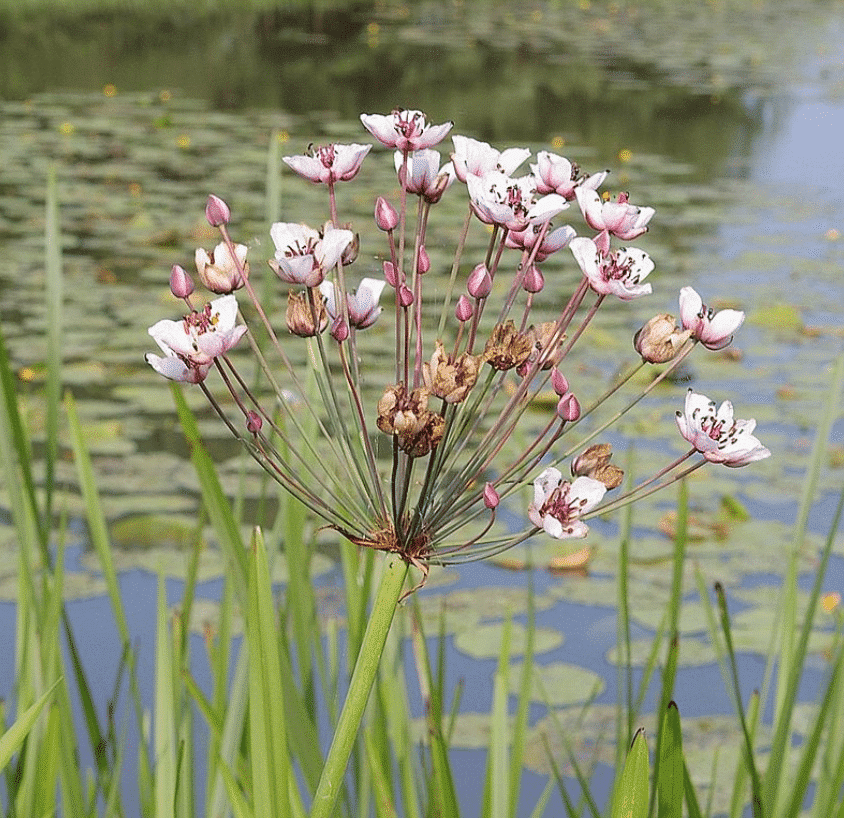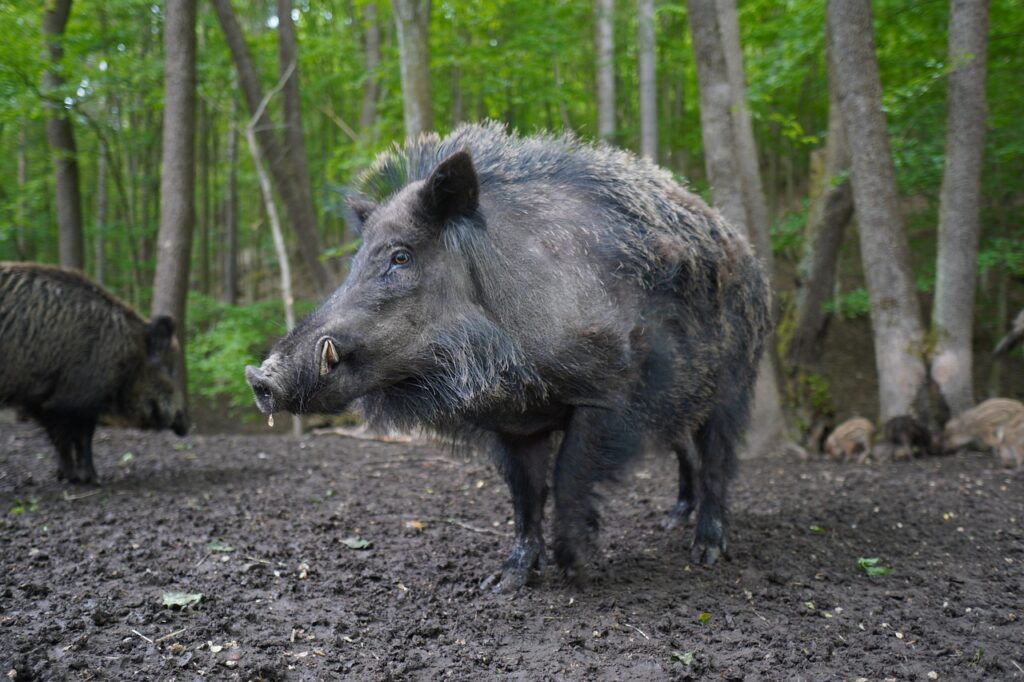Invasive species in Saskatchewan
This article was written with the help of our summer student, Erin! Erin is working with Dr. Kerri Finlay’s lab at the University of Regina in Summer 2021.
Saskatchewan is home to over 100 000 lakes and rivers, making the prairie province a hotspot for anglers, boaters, and recreational cottagers from near and far. There are unique and diverse water bodies found all across Saskatchewan, from the salty Little Manitou Lake where you can float effortlessly, to vast Lake Athabasca in the north where you can fish for deep, cold water species like lake trout.
Just like many other provinces and territories across Canada, Saskatchewan is home to a number of invasive species. These species, which can be plants, animals, or fish, are species that come from another ecosystem and quickly establish themselves – potentially outcompeting native species and causing ecological or economic damage.
There’s more…
As far as we’re concerned, Saskatchewan is the most underrated province. Here are 3 reasons why!
The best way to battle invasive species is to prevent them from establishing before they become a problem. This is done through awareness; it’s important to know the risks of spreading invasive species and the strategies to prevent the spread. Once invasive species establish themselves, they are extremely difficult – if not impossible – to get rid of.
Prussian Carp
Prussian carp are an invasive species found in Saskatchewan and Alberta. Native to Siberia, their introduction to North American bodies of water is unclear, but the effect has been tremendous. Prussian carp are a hardy species that can rapidly establish themselves in lakes, streams and rivers. Their ability to colonize even low-oxygen aquatic environments like ponds makes this fish all the more difficult to manage and eliminate.
They outcompete native fish species with both their diet and a specialized reproductive strategy. Prussian carp can reproduce with genes from the mother only. How this works can essentially be broken down as such: female Prussian carp deposit their eggs in the water, which are then fertilized by floating sperm from other fish species. This species can live up to 10 years and can grow up to 30 cm in length.
There is the possibility of misidentifying Prussian carp because they look a lot like another invasive species, the common carp. A good way to identify the Prussian carp is by determining whether the fish resembles a silvery, brown goldfish. As a matter of fact, the Prussian carp is quite closely related to the common goldfish!
Their incredible adaptability means that care must be taken when spending time on Saskatchewan lakes, rivers and quite literally any body of water. Never transport or release live fish into new water bodies and always wash and dry your boat after loading.

Flowering rush
Flowering rush was likely introduced to Canada in the late 1890s. It is tall with dark green leaves and clusters of flowers with light pink petals. As with many invasive species, flowering rush succeeds because it can adapt to many different environments. In particular, this plant is capable of taking over a variety of soil conditions in aquatic habitats such as wetlands, streams and dugouts. It prefers shallow, still water but can grow in greater depths without flowering.
The destructiveness of flowering rush is due to its tendency to choke out other native plants along shorelines. This reduces biodiversity and impedes access to water for animals. This also poses a problem for boaters and fishermen. Despite it being widespread, this plant does not provide suitable nesting habitat for birds, fish, or amphibians, nor is it a good food source for native aquatic species.
In order to eliminate it, flowering rush must be dug up. If you decide to do this, be careful! Flowering rush can easily be mistaken for other plants which aren’t bad. To get involved in flowering rush management, check out the South Saskatchewan River Watershed Stewards and the Native Plant Society of Saskatchewan.

Salt cedar
Salt cedar is native to Africa & Asia and can grow 4.5 meters tall. Despite being drought resistant, this shrub loves water; this is not good for a drought prone province like Saskatchewan! Its name comes from its ability to “suck up” salt from ground water. Then, the plant releases the salt through its leaves. This then kills neighbouring plants, which is good for the salt cedar since it doesn’t like shade. Salt cedar is even capable of completely draining wetland habitats and water tables.
Salt cedar reproduces easily and spreads its seeds through the wind, animals, or water. Because it prefers moist environments, this shrub can easily take over lake and pond shorelines, stream banks, and wetlands. Its aggressive nature poses a potentially serious threat to native plants and bodies of water in Saskatchewan – thus it’s important that citizens are able to identify and report salt cedar.
When in bloom, this shrub has light pink flowers and diamond shaped leaves that are a bright green colour. Beware that various species of salt cedar are sold in nurseries, usually under names “Summer Glow” or “Pink Cascade.” If you spot salt cedar in the wild, please contact the Saskatchewan Invasive Species Council at (306) 668-3940.

Wild boars
Wild boar, also known as feral swine or wild pig, are native to Eurasia and Northern Africa and are extremely invasive throughout Saskatchewan and Western Canada. Unfortunately, some individual boars escaped after attempts were made to diversify agricultural species during the 1980s and 1990s. Because of their intelligence, hardiness and adaptability, wild boars quickly situated themselves throughout the prairies provinces. They can be found in grassland, wetland and forest habitats to name a few.
Their ability to survive harsh winters and summers combined with their diet makes this species incredibly destructive. Wild boars consume domestic and native plants as well as crops, roots & tubers, invertebrates, small mammals, bird eggs, adult snakes & lizards and their eggs. When populations aren’t kept under control, wild boar “hotspots” arise and make it even more difficult to eliminate the species. This results in the complete destruction of native habitat and the decline of native plants and animals. Wild boars also carry pathogens (bacteria, parasites & viruses) which threaten domestic swine with disease. They reproduce readily with two litters a year and up to 12 piglets per litter.
These animals can grow very large and weigh between 90 – 120 kg. Care must be taken when in a known hot spot. Along with being very strong & fast, boars have razor sharp tusks that can be fatal to humans, pets and other animals. You can get up to date information and maps of known hot spots on the Canadian Wild Pig Research Project – CWPRG Facebook page.
If you spot a wild boar in Saskatchewan, please call 1-833-PIGSPOT (833-744-7768).

Take action!
- Invasive species prevention strategies often rely on citizen scientists and volunteers to conduct early response monitoring and surveys of lakes to examine for the presence of invasives.
- In Saskatchewan, this program is managed in part by our partners at South Saskatchewan Watershed Stewards.
- Getting started with Water Rangers water testing is also a great way to understand your watershed, look for early warning signals in water quality data, and track invasive species at your testing sites.
- Contact us for more information or to get your watershed group set up with the tools and equipment you need for comprehensive water quality testing.
Track invasive species with our app!
Did you know you can track the following invasive species with our data platform and app? It’s true! Just make sure this feature is enabled in your custom forms.
